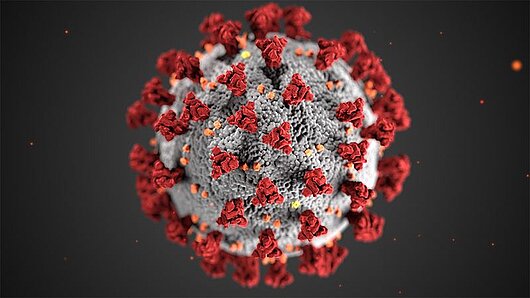High-Performance Computing Center Stuttgart

Within weeks, scientists began utilizing HLRS's Hawk supercomputer to investigate the structure of the coronavirus at the molecular level, how it interacts with human cells, and what strategies this knowledge might offer for preventing or treating infection. Others have also begun investigating how computational approaches could enable better clinical decision-making, including risk stratification when COVID-infected patients arrive at a hospital.
The following is a list of coronavirus-related projects and their principal investigators that have been approved for computing time at HLRS.
(Last updated: June 25, 2020)
Targeting the interface of the COVID-19 spike protein with the ACE2 receptor
Prof. Francesco Luigi Gervasio (University College London, United Kingdom)
Targeting conformational changes implicated in early events of viral entry
Prof. Francisco Javier Luque (University of Barcelona, Spain)
Biomechanic simulations for quantification of the ventilation/perfusion ratio in COVID-19 patients
Dr. Simone Melchionna (National Research Council (CNR), Italy)
Identification and design of drugs interfering with the host translational inhibitor nsp1 of SARS-CoV2
Prof. Francesco Luigi Gervasio (University College London, United Kingdom)
Potential inhibitors of a SARS-coV-2 protein, detection with molecular dynamics
Dr. José Antonio Encinar Hidalgo (Miguel Hernandez University, Spain)
Creation of models of the interaction between the viral spike protein and the human ACE2 receptor, based on Gromacs
Dr. Chris Oostenbrink (University of Natural Resources and Life Sciences, Vienna, Austria)
Development of a spatial age-structured microsimulation model to forecast intensive care unit demand during the COVID-19 pandemic
Dr. Sebastian Klüsener (Federal Institute for Population Research)
Connecting European cohorts to increase common and effective response to SARS-CoV-2 pandemic
Prof. Evelina Tacconelli, University of Verona